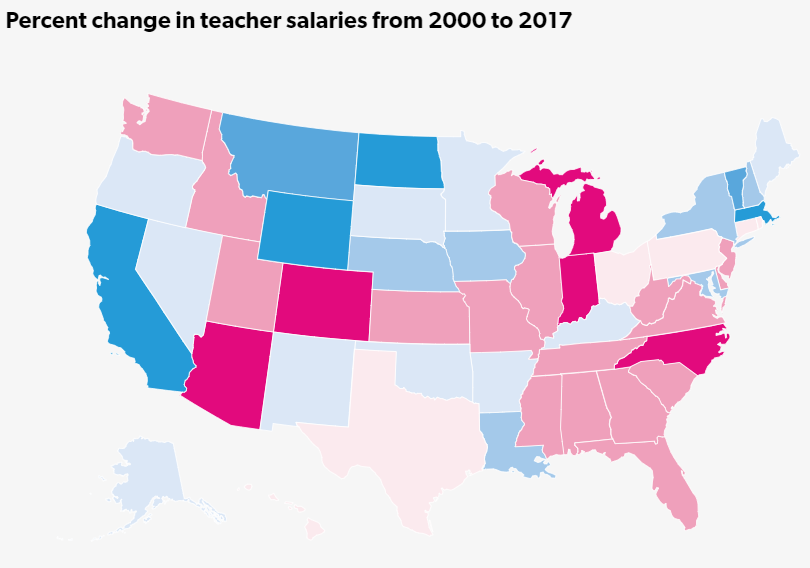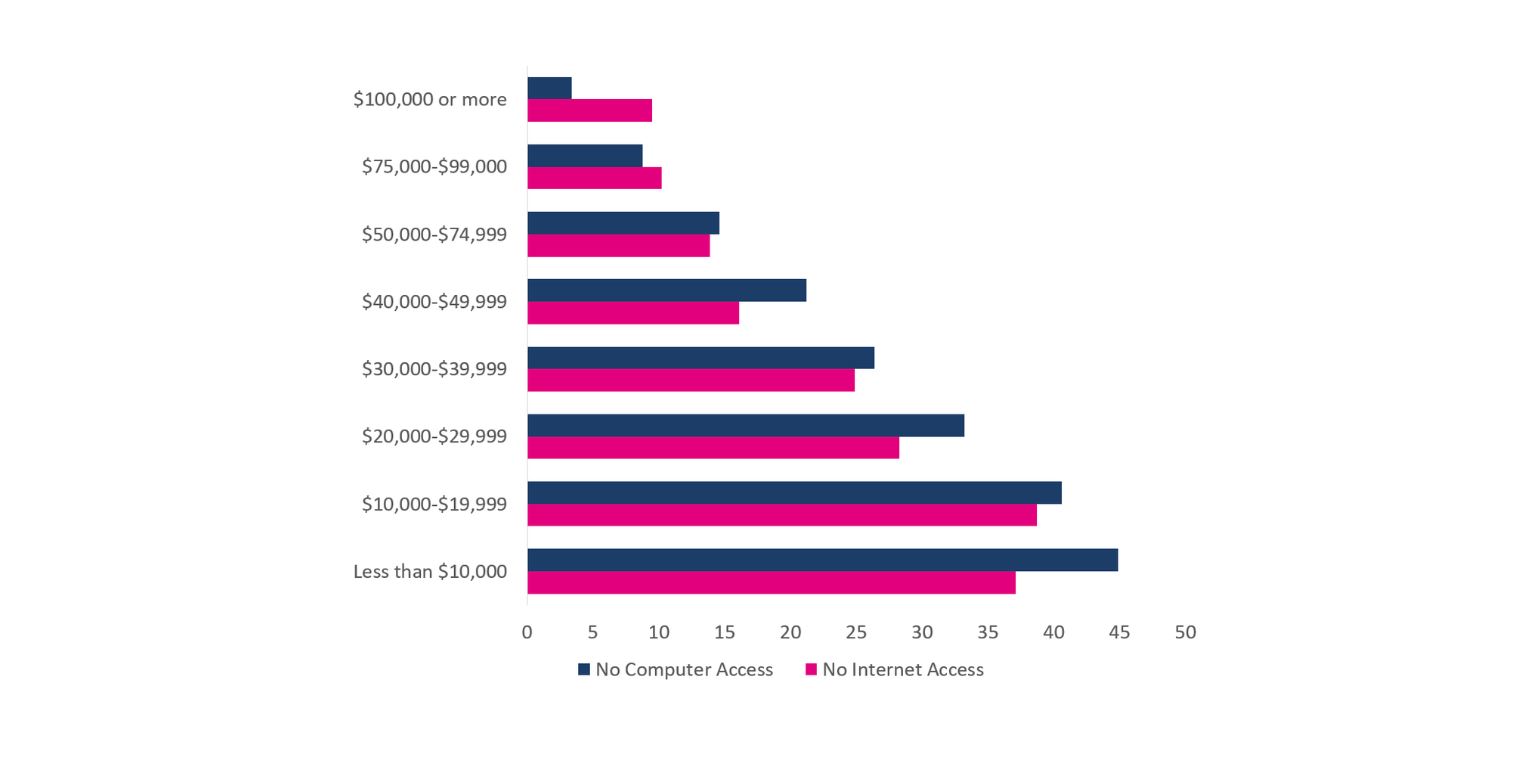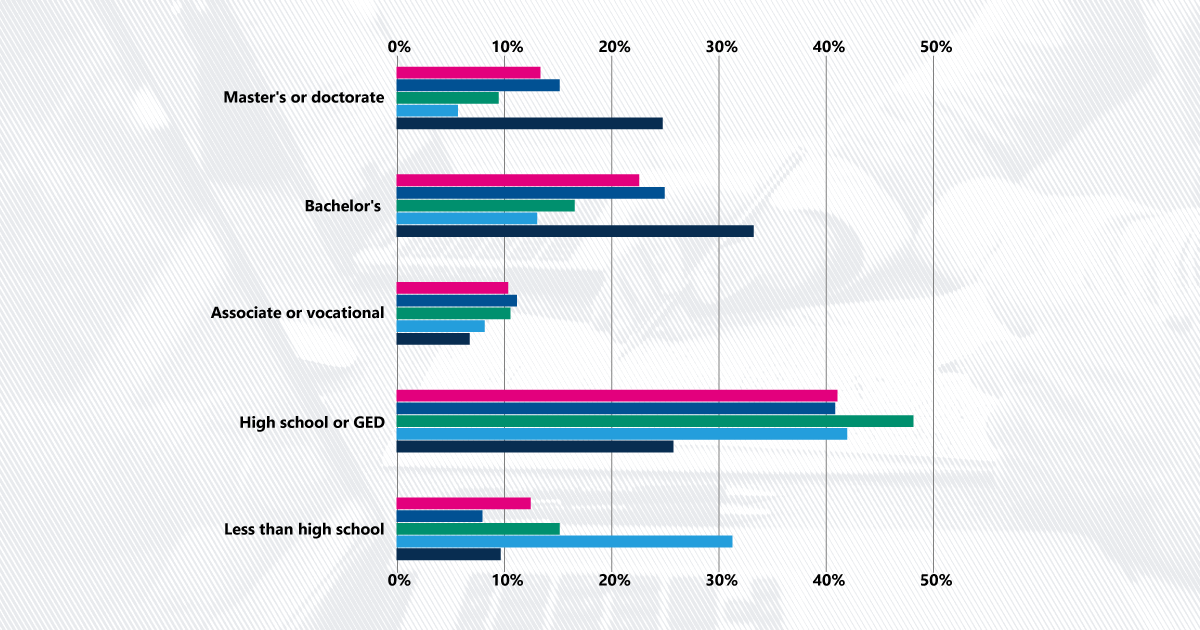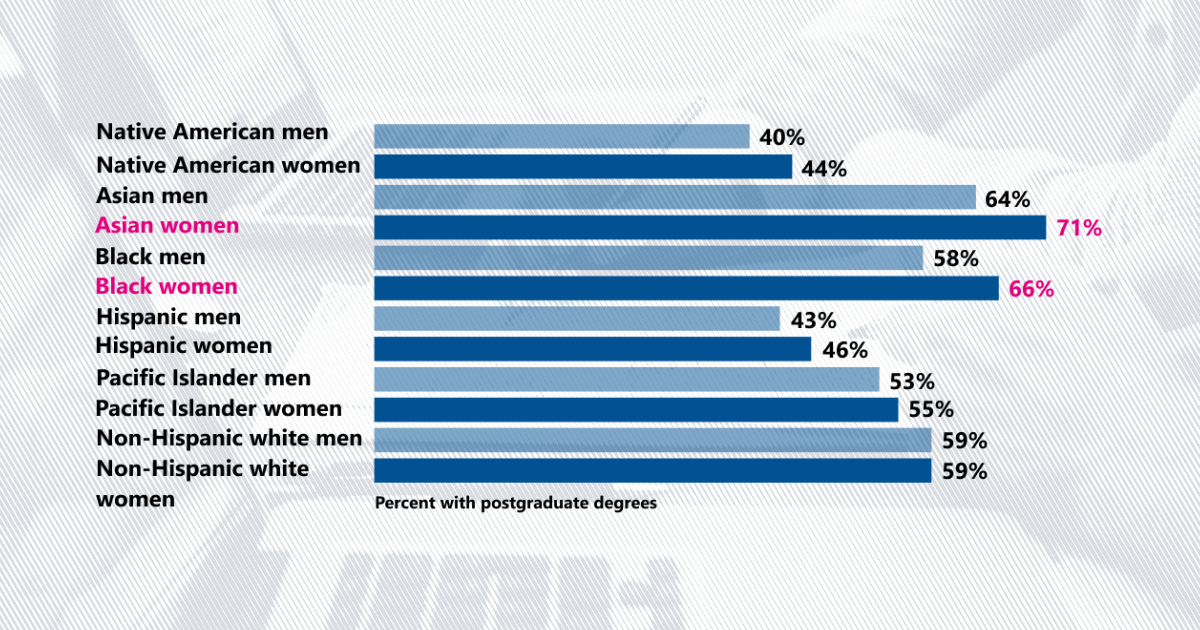Education
In 32 states, teacher salaries have not kept pace with inflation

The US Census Bureau has conducted its Household Pulse Survey since April to measure how people’s lives have been impacted by the COVID-19 pandemic. Here’s how the virus is affecting K-12 education, using results from the edition of the survey collected from October 14 to October 26.
The survey asked adults living with K-12 students education-related questions such as:
Most households with children enrolled in private or public schools — 64% — have contact with a teacher at least four days a week. Eleven percent of them, however, reported having no live contact with a teacher during the previous seven days.
The majority of such households— 65% — had classes move to distance learning using online resources, while 15% of households transitioned to distance learning with paper materials sent home.
Due to the pandemic, 26% of households reported that classes were cancelled at some point during the school year. In 11% of cases, parents or guardians responded that the “pandemic did not affect how children in this household received education.”
Children from low-income households were more likely to have classes cancelled than their wealthier counterparts. In 39% of households with incomes under $25,000, children experienced cancelled classes. When household income was $200,000 and above, only 18% had classes cancelled.
Children from high-income households were more likely to receive online instruction. Seventy-two percent of households earning more than $200,000 received such instruction, compared with 61% of households earning less than $25,000.
Schooling during the pandemic also varies by state. Eighty-five percent of households with children in Washington state are learning remotely. In Wyoming, 26% are learning online.
Eight percent of households with children report sometimes, rarely, or never having access to a computer for educational purposes, based on survey responses. Six percent sometimes, rarely or never have access to the internet for educational purposes.
The data on remote learning prior to COVID-19 is limited. A few datasets from the US Department of Education, however, reveal a shift to online education. During the 2017-2018 school year, 21% of public schools offered at least one course entirely online, according to the National Center for Education Statistics. At that time, only 5.7% offered a majority of all courses online.
In a 2019 report, 85% of district administrators said that using digital learning resources was a high priority. Even 79% of district administrators said they provide a range of these programs.
The 2020-2021 school year, at least during the pandemic, changed how the majority of children learn. Government data in the coming years could show whether that impact is temporary or longer-lasting.
Learn more about education in the US and get the facts every week by signing up for our newsletter.
Education
Education
Education
Education
Newsletter
Keep up with the latest data and most popular content.


